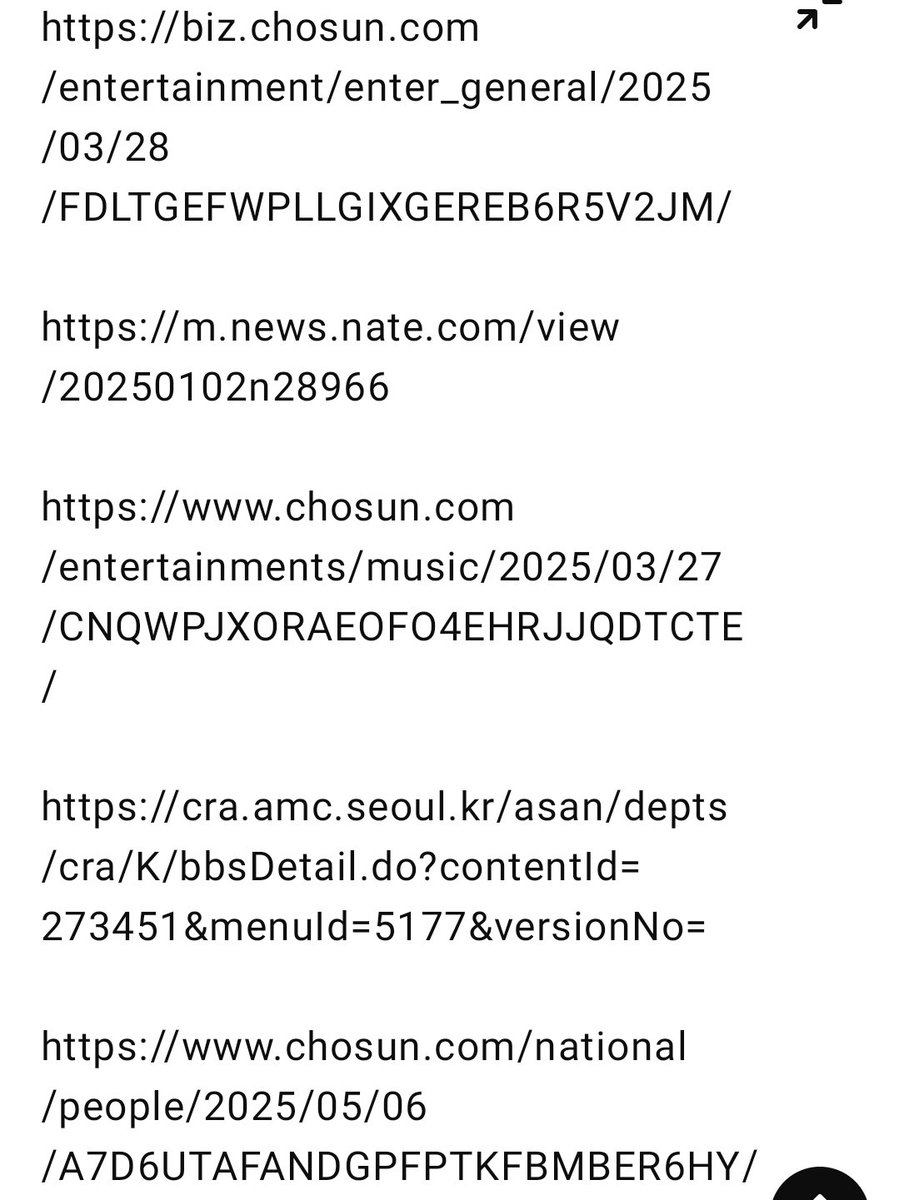
How to get URL link on X (Twitter) App









 2016 was a year of both triumph and tribulation – the climax of the “Wing-Break” saga. BTS’s popularity was reaching new heights: their October 2016 album Wings was a massive hit, breaking sales records and even charting on the Billboard 200 (a rarity for K-pop at the time). Sensing that BTS was about to soar, anti-fans and certain industry players dramatically escalated their sabotage campaign, essentially formalizing it under the name “날개꺾기 (Wing-Break) Project.” The explicit goal of this project was to damage BTS’s image and fan morale so badly that their growth would stall. Like breaking a bird’s wings, they wanted to ensure BTS could not fly any higher. Here are the main tactics that defined the 2016 Wing-Break campaign, as recounted by fans and observers at the time:
2016 was a year of both triumph and tribulation – the climax of the “Wing-Break” saga. BTS’s popularity was reaching new heights: their October 2016 album Wings was a massive hit, breaking sales records and even charting on the Billboard 200 (a rarity for K-pop at the time). Sensing that BTS was about to soar, anti-fans and certain industry players dramatically escalated their sabotage campaign, essentially formalizing it under the name “날개꺾기 (Wing-Break) Project.” The explicit goal of this project was to damage BTS’s image and fan morale so badly that their growth would stall. Like breaking a bird’s wings, they wanted to ensure BTS could not fly any higher. Here are the main tactics that defined the 2016 Wing-Break campaign, as recounted by fans and observers at the time:

